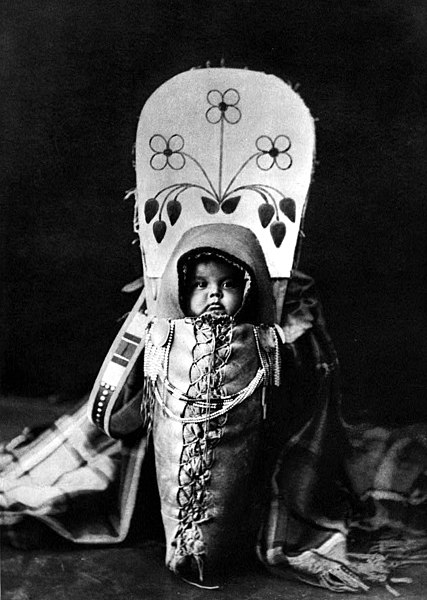The Nez Perce War was an armed conflict in 1877 in the Western United States that pitted several bands of the Nez Perce tribe of Native Americans and their allies, a small band of the Palouse tribe led by Red Echo (Hahtalekin) and Bald Head, against the United States Army. Fought between June and October, the conflict stemmed from the refusal of several bands of the Nez Perce, dubbed "non-treaty Indians," to give up their ancestral lands in the Pacific Northwest and move to an Indian reservation in Idaho Territory. This forced removal was in violation of the 1855 Treaty of Walla Walla, which granted the tribe 7.5 million acres of their ancestral lands and the right to hunt and fish on lands ceded to the U.S. government.
Chiefs Joseph, Looking Glass, and White Bird in the spring of 1877
Gen. Oliver Otis Howard in a Civil War-era photograph.
Nez Perce warriors
Chief Joseph, at Tongue River Cantonment in Montana Territory, taken by John H. Fouch on October 23, the same day the Nez Perce prisoners arrived, three weeks following the surrender.
The Nez Perce are an Indigenous people of the Plateau who still live on a fraction of the lands on the southeastern Columbia River Plateau in the Pacific Northwest. This region has been occupied for at least 11,500 years.
No Horn on His Head, a Nez Perce man painted in 1832 by George Catlin
Nez Perce baby in cradleboard, 1911
A traditional Nez Perce beaded shirt
Nez Perce encampment, Lapwai, Idaho, ca. 1899








